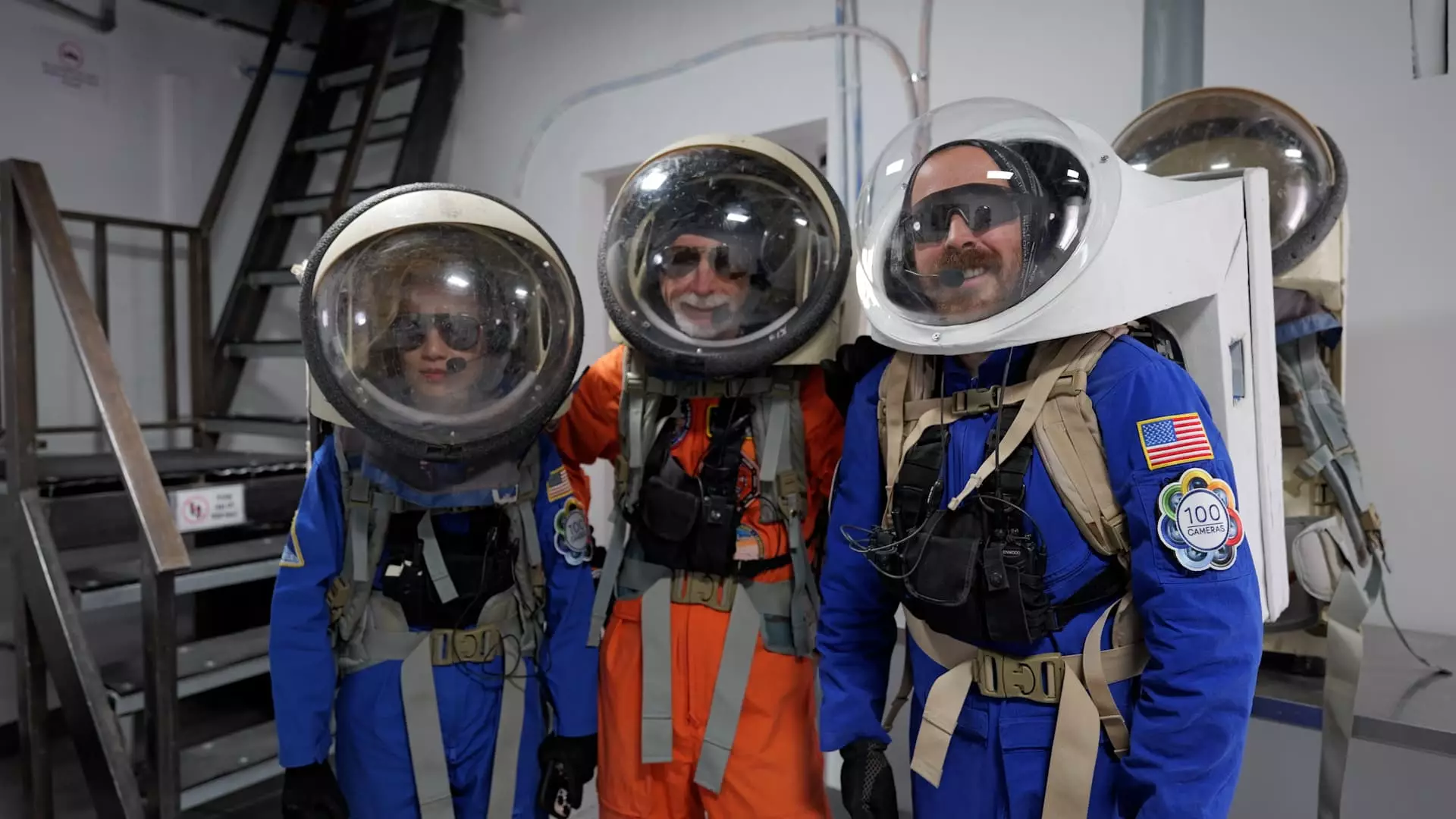The pursuit of pioneering life on Mars has transcended scientific curiosity to become a profound test of human resilience. The Mars Society’s Desert Research Station, nestled in the remote Utah wilderness, exemplifies this bold venture. Unlike traditional laboratories confined within walls, MDRS immerses explorers in a landscape strikingly similar to Martian terrain, forcing them to confront challenges that mirror extraterrestrial living. This environment is not just about scientific experimentations—it’s a crucible that shapes mindsets, enhances skills, and pushes the boundaries of human endurance. Such simulations are crucial because they reveal the multifaceted requirements for survival beyond Earth, from resource management to psychological stability, offering a comprehensive training ground that no indoor facility could replicate.
From Simulation to Reality: Practical Lessons for Space Colonization
The real significance of these analog missions lies in their ability to uncover operational issues and human factors that could prove vital once actual trips to Mars become feasible. The Crew 315’s two-week stint at MDRS highlighted how routine activities—such as planning daily tasks, executing EVAs, and managing emergencies—prepare crews for unforeseen obstacles. Observations like these underscore the importance of cultivating a seamless team dynamic and adaptive problem-solving skills in unfamiliar surroundings. Elon Musk’s ambitious timeline of sending humans to Mars by 2029 makes these exercises more relevant than ever. They serve as practical steps toward translating theoretical plans into tangible success stories, ensuring future astronauts can perform complex tasks under extreme pressure, away from the safety of Earth.
Mental Fortitude: The Greatest Challenge in Space Analog Missions
While the physical environment at MDRS offers a close approximation of Martian terrain, the true challenge lies in psychological endurance. Crew members like David Laude and Michael Andrews acknowledge that establishing a daily routine is vital, yet inherently demanding. The isolation, confinement, and monotony test personal and group resilience in ways that no simulation can fully prepare for. Despite lower risks compared to actual Mars expeditions, maintaining mental focus and morale remains the most formidable hurdle. These missions reveal that technical prowess alone will not suffice; mental strength, teamwork, and adaptive thinking are equally imperative for any long-duration space endeavor. Preparing humans psychologically ensures that adversity doesn’t lead to breakdowns, which could jeopardize entire missions.
The Path Forward: Human Innovation in the Age of Interplanetary Exploration
The strides made through these remote simulations illustrate a broader truth: humanity’s greatest asset is our ability to adapt, innovate, and persevere. They serve as living proof that our exploration spirit is not just about reaching new worlds, but about transforming ourselves in the process. As space agencies and private enterprises like SpaceX accelerate their plans, these analog missions are invaluable in bridging the gap between science fiction and reality. They push technological boundaries, develop novel life support systems, and foster the psychological resilience necessary for the daunting journey ahead. Ultimately, the lessons learned in Utah’s arid wilderness will ripple across industries, inspire future generations, and bring us closer to turning the dream of living on Mars into a tangible achievement.


Leave a Reply